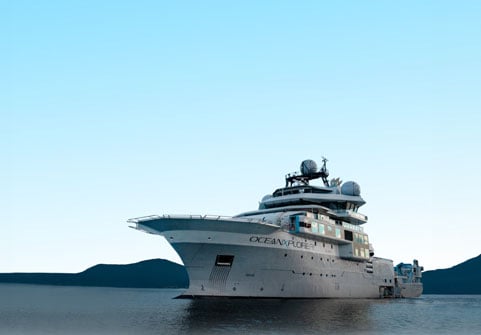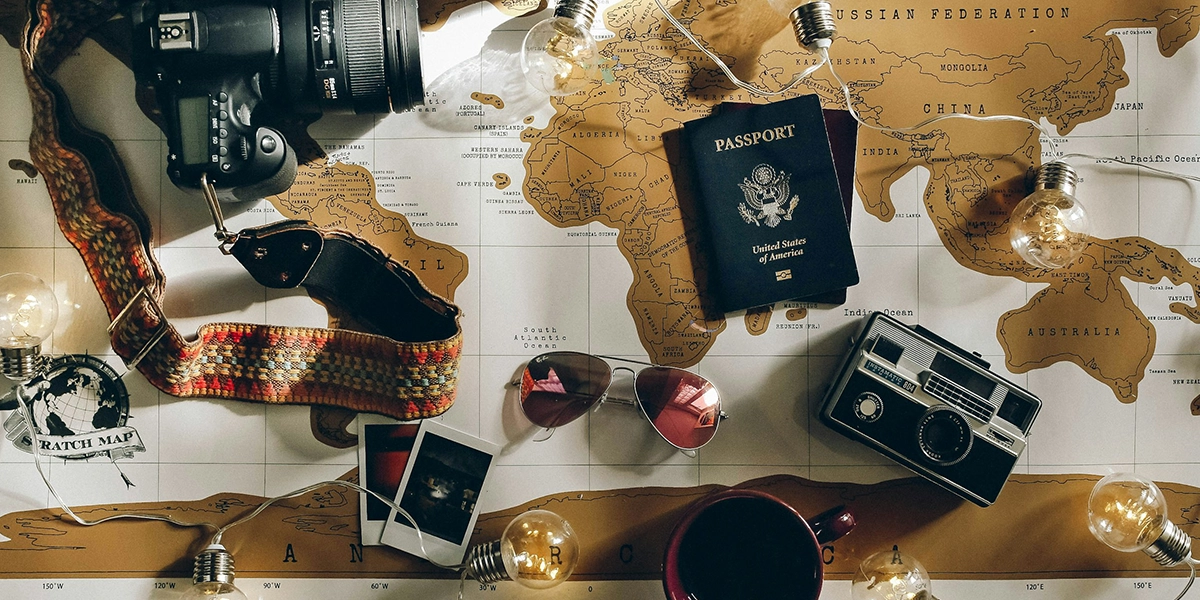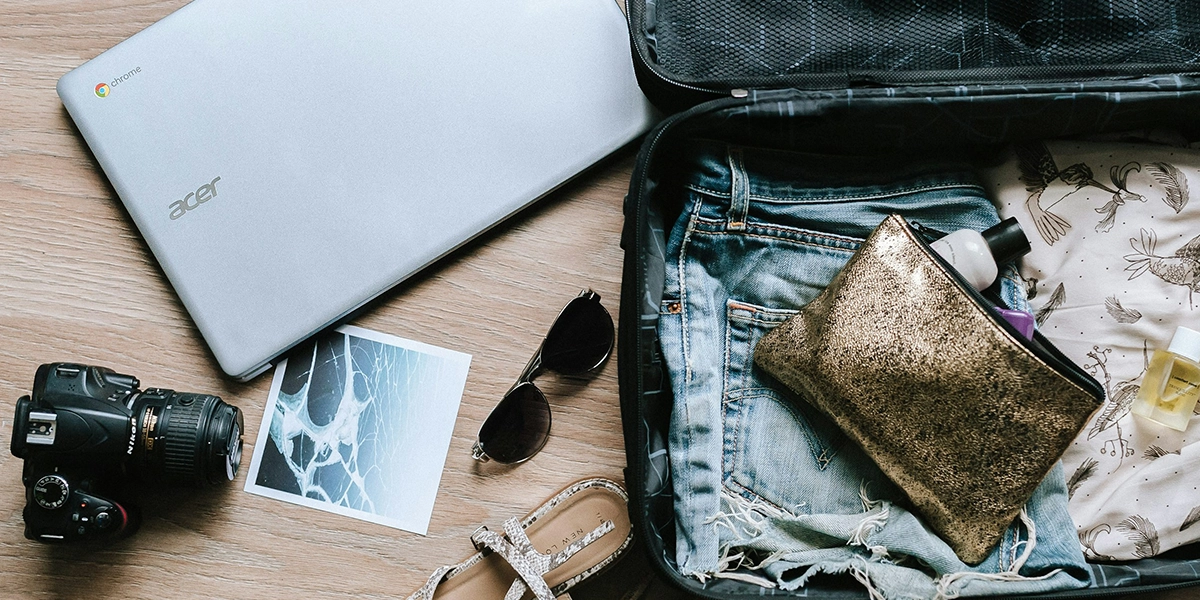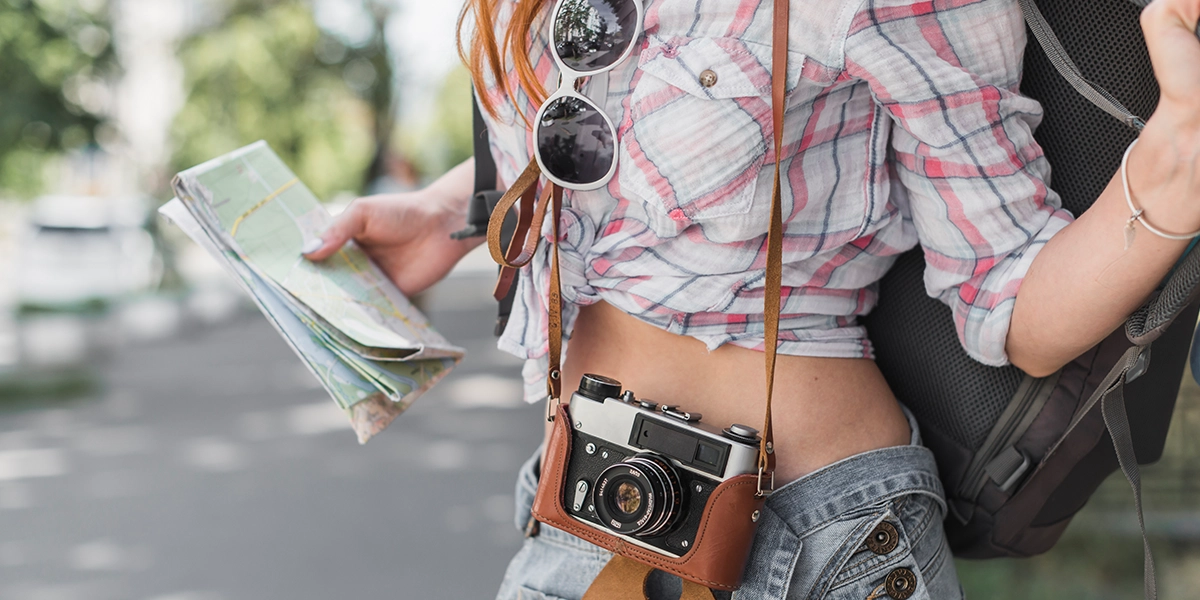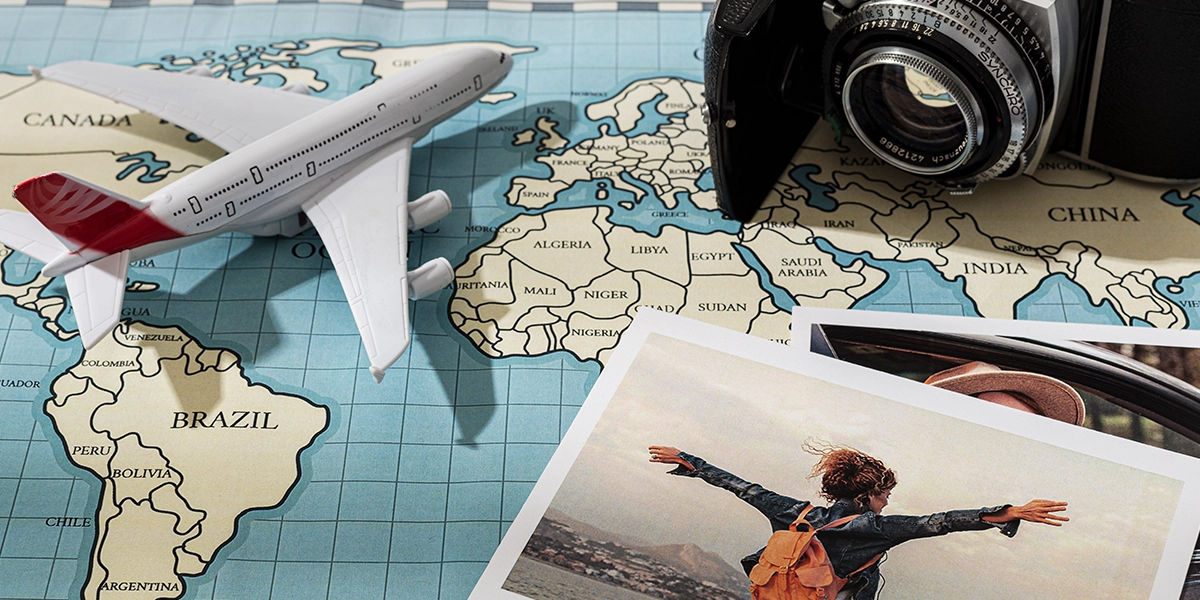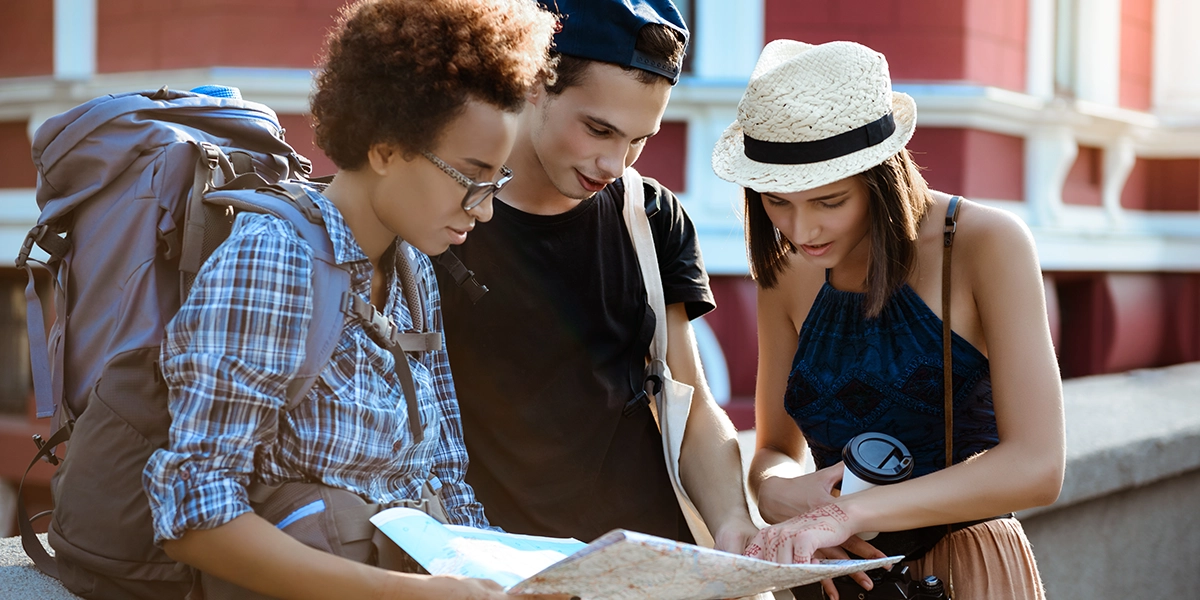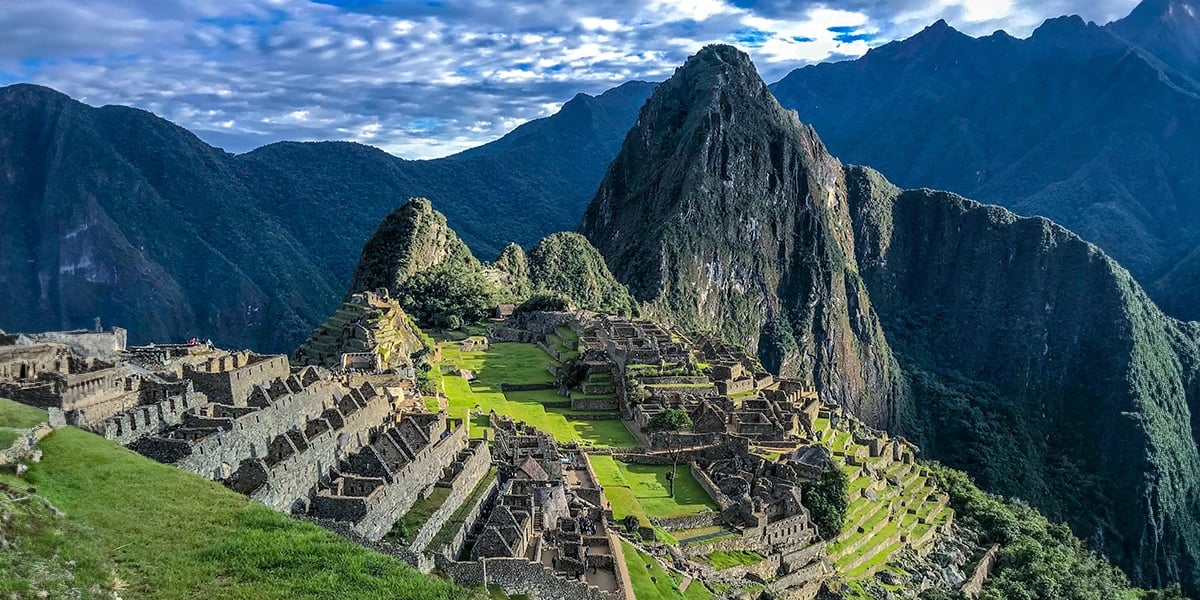
There is always a first time for everything, and getting to know countries and cultures completely different from what we are accustomed to is no exception. Travel enriches us in many ways, especially on a personal level. It prepares us for the future and provides us with tools to navigate everyday life.
When it comes to countries that can offer a different experience from the modern and Westernized world we are used to, Peru cannot be overlooked. Millions of travelers head to Inca land every year to visit a country that reflects a very diverse and different social and natural environment from their own.
If you are a first-time traveler in Peru, this article will provide you with some essential tips in a comprehensive guide that will allow you to make the most of a true cultural, gastronomic, and historical adventure.
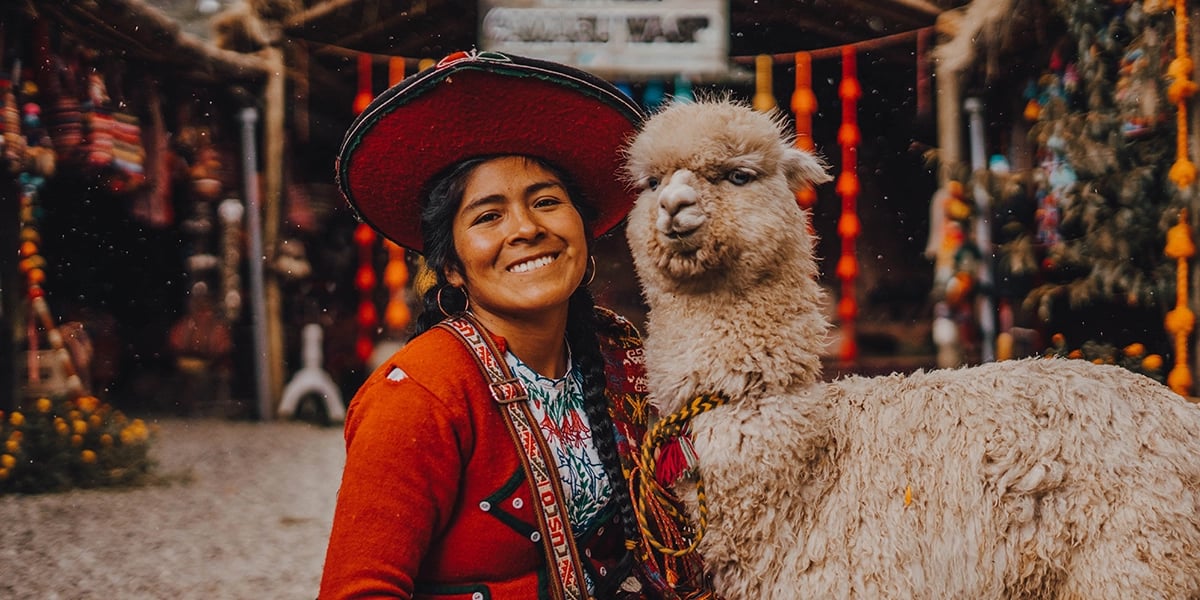
Best time to travel to Peru
It usually depends on the chosen destination within the country. If the plan is to explore the Peruvian beaches, the climate is generally pleasant throughout the year, with temperatures neither too high nor too low.
Some experts claim that the ideal months to travel anywhere in Peru are between December and March since the temperature is more moderate, even high, but it is the rainy season.
If you want to explore the interior, such as Cusco or Machu Picchu, the rainy season is not ideal. It is more advisable to go during the dry season from April to November. Needless to say, these indigenous ruins are a must-visit on your list during your school trip to Peru.
Altitude sickness and how to prevent it
A crucial aspect is the issue of altitude, especially if you decide to travel inland. There are cities, like Cusco, that are located at over 3000 meters above sea level, so it is normal to feel tired or unwell if you are not a native of the area and are not used to living in such conditions. Altitude sickness is common for any traveler, especially if it's their first time. But there is no need to worry; it can be avoided by following these tips:
When you arrive at high-altitude areas, it is best to acclimatize, not exert yourself, or engage in physical activities, at least during the first few days. It's best to walk slowly and stop to rest when needed. It is also recommended to sleep well, eat light, and avoid alcoholic beverages.
Another local recommendation is to drink coca tea and/or chew coca leaves. The benign properties of the plant are a kind of 'miracle medicine' and are very effective in treating altitude sickness symptoms.
Vaccinations
If you want to study in Peru, the first and most important thing to consider is that different vaccines may be necessary depending on where you are going. For example, if your trip focuses on Lima and Cusco, you may not need any, but if you plan to travel throughout the country, it may be necessary to get typhoid, dengue, hepatitis A and B, and rabies vaccines.
Taking all this into account, it is advisable to visit your nearest vaccination center so that a professional can determine, based on your medical history, the type of trip, and its duration, which vaccines are necessary for Peru.
Visit local markets
A good piece of advice is to visit local markets. To experience the best of the Peruvian lifestyle firsthand and save some money, is ideal. Especially in small towns, you can find many handmade products.
Take your time to explore the market and talk to its sellers, learn a bit about their lives, and understand cultural differences. It's the perfect way to get to know the real Peru.
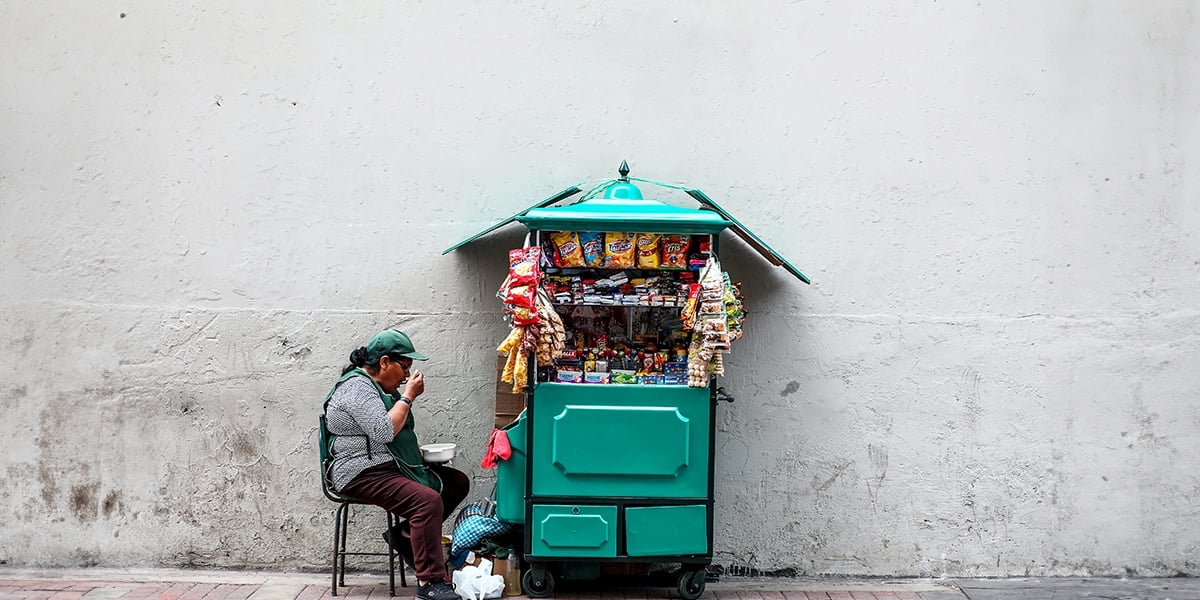
Check the weather
Peru has varied climates with 30 out of 32 possible different types. Within its borders, you will find arid deserts, white sand beaches, cold mountains, tropical forests, and much more.
Sometimes, even if two destinations are close on the map, they may have very different climates. That's why checking the weather constantly while you are in Peru is crucial to avoid any incidents that may affect your trip.
Comfortable clothing and footwear
As mentioned, Peru is a country with varied climates, so it's important to wear comfortable clothing and footwear that adapts to different weather conditions. In general, lightweight and breathable clothing is recommended for summer, and warm clothing for winter. It is also essential to wear comfortable shoes with good arch support as many tourist sites can be explored on foot, and cotton socks to avoid blisters.
Potable water and tap water
Drinking tap water is not recommended, as it is not filtered and can cause stomach problems or diarrhea. If you are thirsty, it's better to have a water bottle with you at all times.
In Peru, tap water is safe to drink in large cities and towns. However, it is best to avoid it in rural areas.
And, of course, do not miss experiencing all the historical marvels that surround this magical country where culture and tradition are constantly in the air. In recent years, Peru has become the trendiest destination in South America. It's not without reason: an impressive variety of ecosystems, overflowing landscapes, beautiful cities steeped in history, culture, traditions, beaches, fauna, flora, and, of course, its delicious and renowned gastronomy.
If you desire to explore the world through a unique experience that allows you to expand your mind and prepare for the future differently, Peru is the ideal destination.
